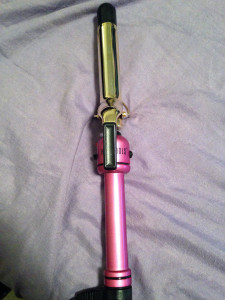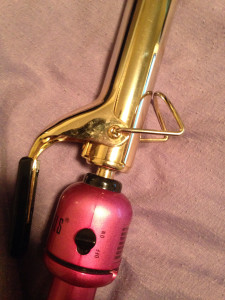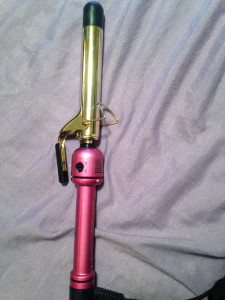The story I remember from elementary school was the one where the pilgrims found America after a very long journey on the Mayflower. Once here they struggled to survive, numbers being dwindled by disease and hunger. The native Americans taught them how to hunt and grow crops on the land. The big feast in the story I remember was sort of celebrating the crops and the pilgrims ability to survive off of the land because of the Native Americans. Of course this feast was shared with the Native Americans. I don’t remember ever having a Thanksgiving play but I could be wrong.
I remember the crafts getting cooler as I went to a higher grade. Things like the pictures of turkeys made from the shape of your hand in paint. Paper cut out projects of turkeys, or making head bands with feathers to represent the Native Americans. In higher grades we made turkeys out of candy corn pretzels and rice krispies, which was awesome. I can remember having pot lucks in class the last day before Thanksgiving break, not with regular turkey feasts but whatever each student signed up to bring. Also we always had a turkey and gravy lunch at school sometime during that week.
Oh to celebrate Thanksgiving in elementary school again.


